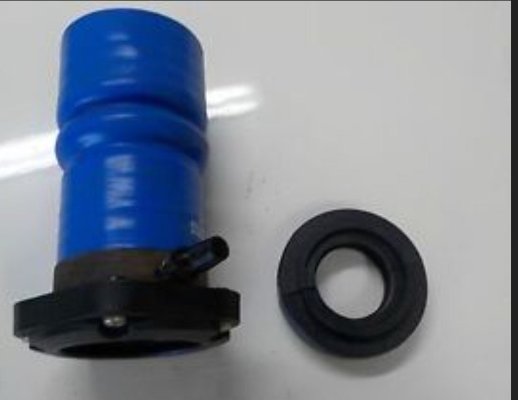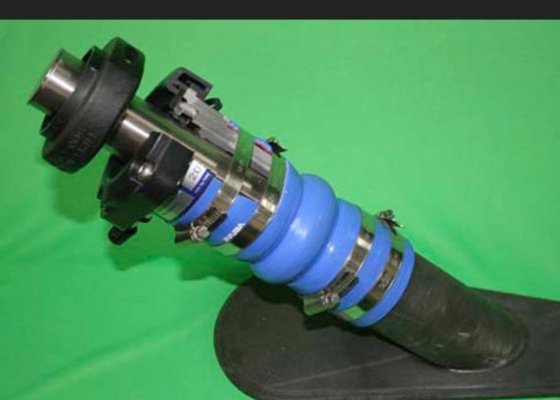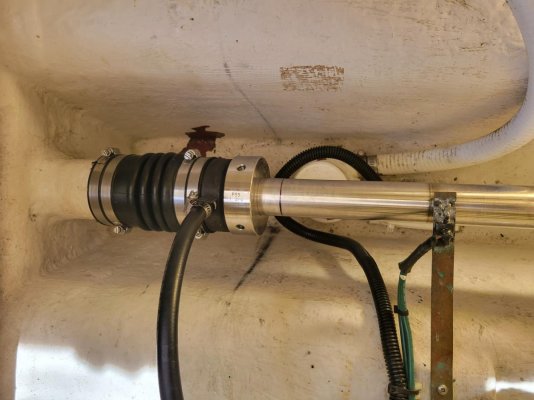Hippocampus
Guru
- Joined
- Jul 27, 2020
- Messages
- 3,908
- Location
- Plymouth
- Vessel Name
- Hippocampus
- Vessel Make
- Nordic Tug 42
Always had PYI devices. Only trouble I ever had was need to add cooling water to the latest version. As part of routine maintenance noted evidence it was heating.
As part of the survey findings on our new to us boat it was mentioned there was a slight leak on the PSS. I like perfection on key systems so asked yard to deal with it as we’re in a different state than the boat at present. They said they couldn’t move it. Couldn’t slide it at all so after trying heat, solvents and brute force used a cutting wheel and cut it off.
They want to replace with it with the Tides device. Never had one in the past.
What’s the +/- of Tides v PSS? Lip seal (no moving parts) v aligned plates (moving parts and pressure in bellows).
As part of the survey findings on our new to us boat it was mentioned there was a slight leak on the PSS. I like perfection on key systems so asked yard to deal with it as we’re in a different state than the boat at present. They said they couldn’t move it. Couldn’t slide it at all so after trying heat, solvents and brute force used a cutting wheel and cut it off.
They want to replace with it with the Tides device. Never had one in the past.
What’s the +/- of Tides v PSS? Lip seal (no moving parts) v aligned plates (moving parts and pressure in bellows).
Last edited:





